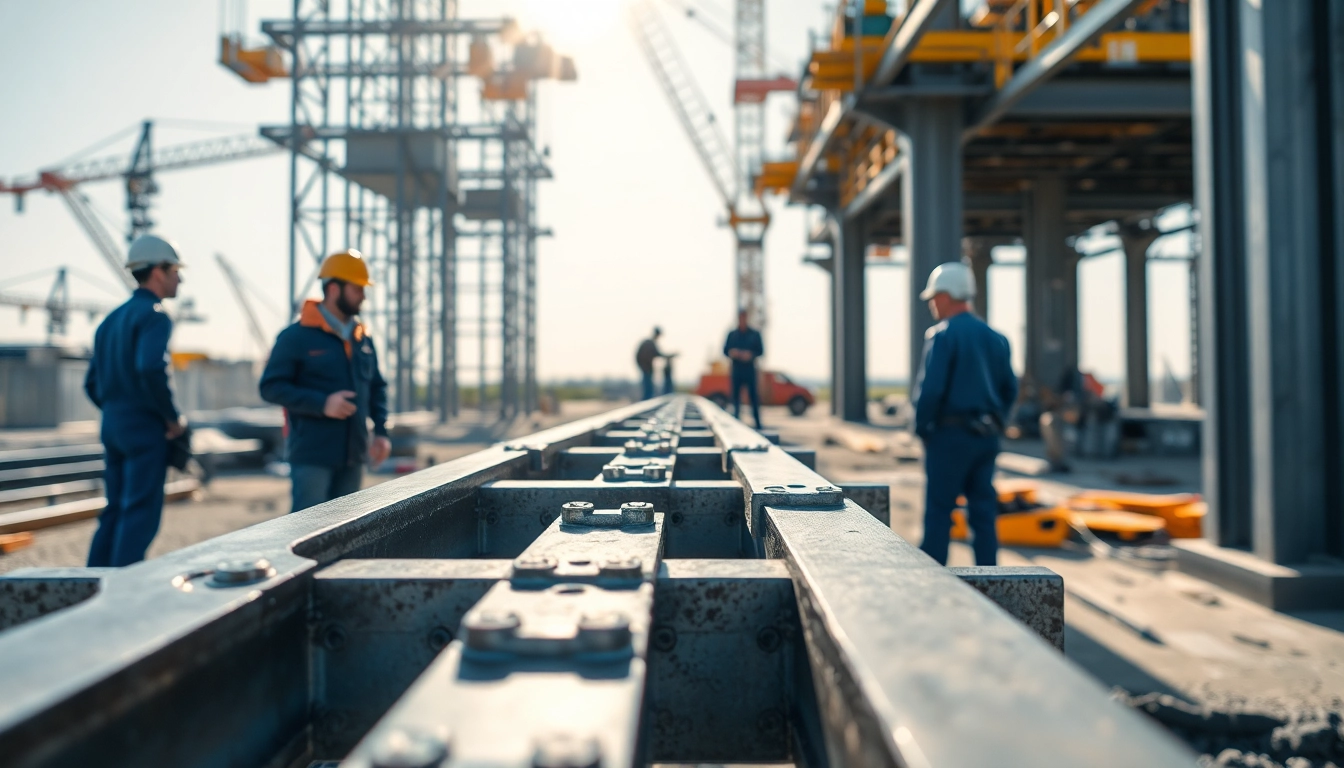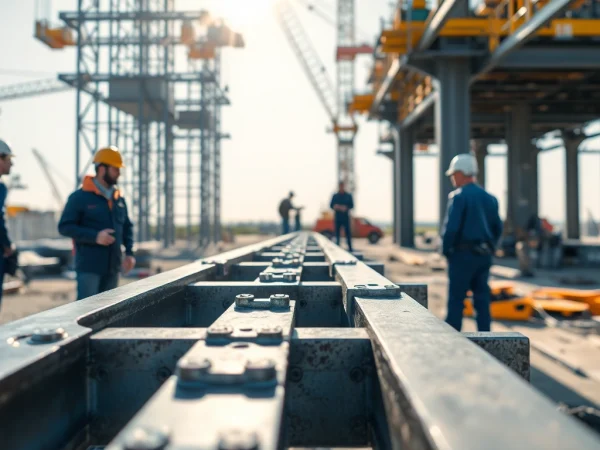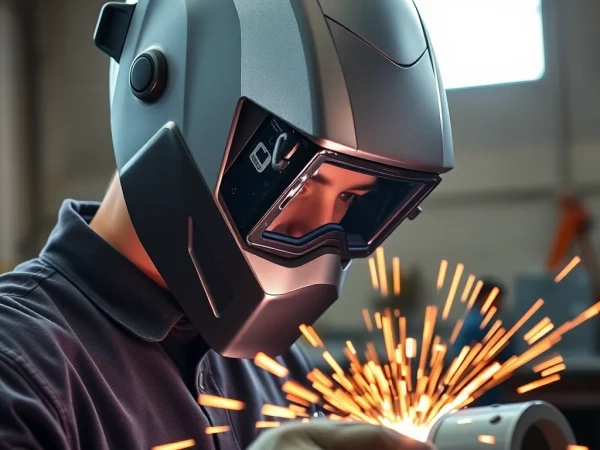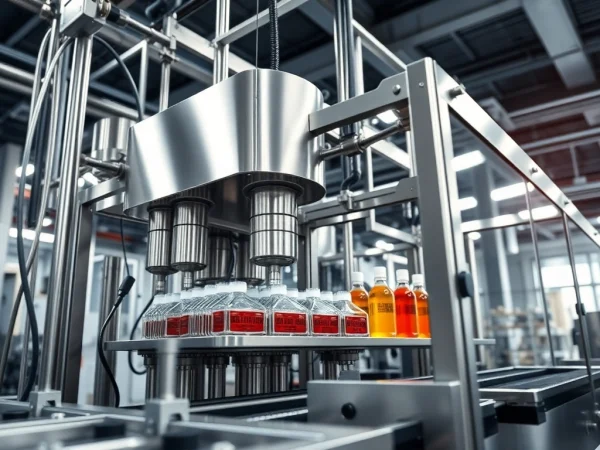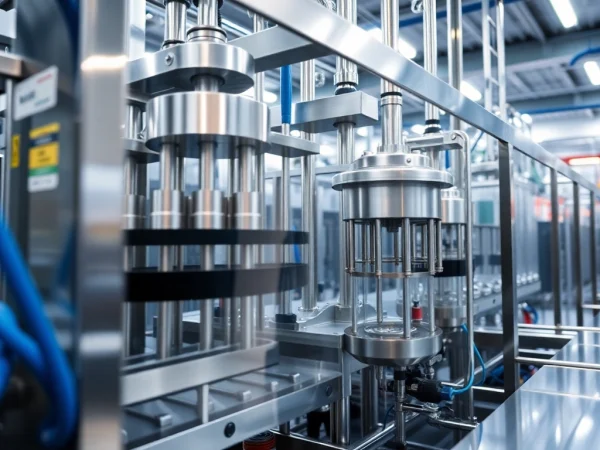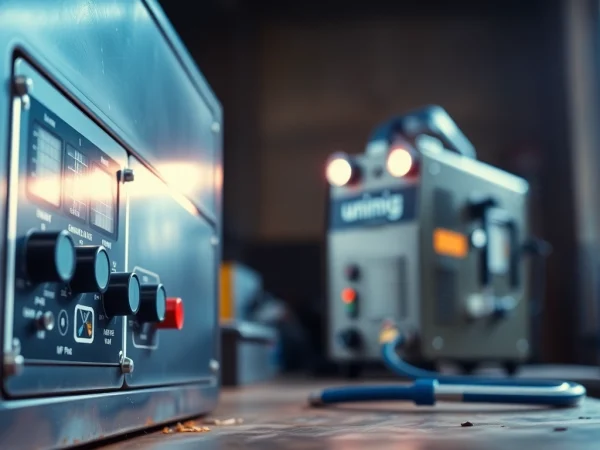Key Insights into Structural Steel Construction: Techniques, Benefits, and Innovations
Understanding Structural Steel Construction
Structural steel construction is a vital component of the modern building industry, serving as the backbone for various architectural projects. It involves the fabrication and assembly of steel components into a sturdy framework, optimizing efficiency and durability in construction. The significance of these materials is increasingly recognized thanks to their versatility and potential to enhance both the safety and aesthetic appeal of buildings. In this article, we will delve into the definition, properties, applications, benefits, techniques, challenges, and future trends associated with structural steel construction.
Definition and Types of Structural Steel
At its core, structural steel is a category of steel used primarily for construction purposes due to its ability to withstand significant loads. It is commonly available in various grade levels, ensuring specific strength, ductility, and corrosion resistance that aligns with different construction needs. Some popular types of structural steel include:
- I-Beams: Commonly used for beams and columns, their “I” shape provides optimal strength while minimizing the weight.
- C-Channels: Known for their versatility, C-channels are often used in applications like load-bearing walls and structural supports.
- Angles: These are L-shaped pieces of steel that provide strength in structures, commonly used in trusses and frames.
- Plates: Steel plates serve various roles, often acting as bases for machinery or components within a structure.
Properties that Make Structural Steel Ideal for Construction
Several characteristics render structural steel an excellent choice for construction:
- High Strength-to-Weight Ratio: This property allows builders to create durable structures that are less burdensome, leading to more efficient designs.
- Ductility: Steel’s capacity to deform without failure enhances the safety of buildings during seismic events.
- Corrosion Resistance: Certain treatments and coatings help structural steel withstand environmental factors, prolonging its lifespan.
Common Applications of Structural Steel Construction
The applications of structural steel are vast and varied, including:
- Commercial Buildings: From office towers to shopping centers, structural steel provides the necessary support for complex designs.
- Industrial Structures: Factories and warehouses rely on structural steel for their robust frameworks.
- Bridges: The strength of structural steel is crucial in the design and construction of bridges, ensuring safety and longevity.
Benefits of Structural Steel Construction
Cost-Effectiveness and Durability
Investing in structural steel construction is often deemed cost-effective due to the material’s durability and low maintenance needs. Contrary to alternatives like wood or concrete, structural steel does not warp or degrade easily, resulting in lower long-term costs.
Speed of Construction and Flexibility
With advancements in prefabrication and modular techniques, many components can be constructed offsite and then assembled on location. This not only accelerates the construction timeline but also reduces labor costs, allowing for expedited project completion.
Sustainability in Structural Steel Applications
Sustainability is increasingly a priority in construction. Structural steel is entirely recyclable and can be reused without compromising quality, contributing to reduced waste. Additionally, its energy-efficient fabrication processes help minimize the carbon footprint of building projects.
Techniques and Best Practices in Structural Steel Construction
Design Principles for Structural Durability
Designing with structural steel requires a keen understanding of load dynamics and environmental factors. Key considerations include the material’s characteristics, anticipated usage, and local codes. Engaging experienced engineers at the design stage ensures that structures are both compliant and safe.
Assembly and Erection Methods
Effective assembly practices involve transporting prefabricated components to the construction site and utilizing cranes for lifted placements. Techniques like bolting and welding secure the elements, often influenced by the structural design chosen. Coordination of these processes is essential for maintaining safety and structural integrity.
Quality Control and Safety Standards
Adhering to established safety standards during construction is paramount. Institute rigorous quality control measures to evaluate material integrity and assembly quality. Regular inspections throughout the project life cycle ensure compliance with safety regulations, significantly reducing the risk of accidents.
Challenges in Structural Steel Construction
Handling Environmental Factors
Weather conditions, including wind, rain, and temperature fluctuations, can affect both the integrity of construction and worker safety during installation. Designers must consider these external forces and implement protective measures when planning structures.
Meeting Regulatory Requirements
The construction industry is subject to an array of local and national regulations concerning safety, environmental impact, and structural integrity. Strict adherence to these requirements requires thorough understanding and ongoing communication with regulatory bodies to avoid delays and additional costs.
Adapting to Technological Changes
As technological innovations become more integral to construction, the adoption of new tools and methodologies is necessary. This includes staying informed about software for design modeling, fabrication advancements, and construction automation. Continuous training for personnel is crucial to ensure adaptability and efficiency.
Future Trends in Structural Steel Construction
Innovations in Steel Production and Design
Advancements in steel production techniques are being developed to improve efficiency and environmental sustainability. Innovations like electric arc furnaces are gaining approval due to their lower emissions and energy consumption. Design advancements also focus on creating lightweight yet strong materials, which could further revolutionize structural applications.
Smart Construction Technologies
The integration of smart technologies in construction processes promotes enhanced monitoring and coordination. Tools like sensors and data analytics can predict structural behavior over time, allowing for proactive maintenance strategies and reduced lifecycle costs.
Global Trends in Sustainable Practices
Globally, the construction industry is moving toward more sustainable practices, with an emphasis on green building certifications. Governments and organizations are encouraging the use of recycled materials and energy-efficient design principles, which align positively with structural steel’s inherent qualities.
